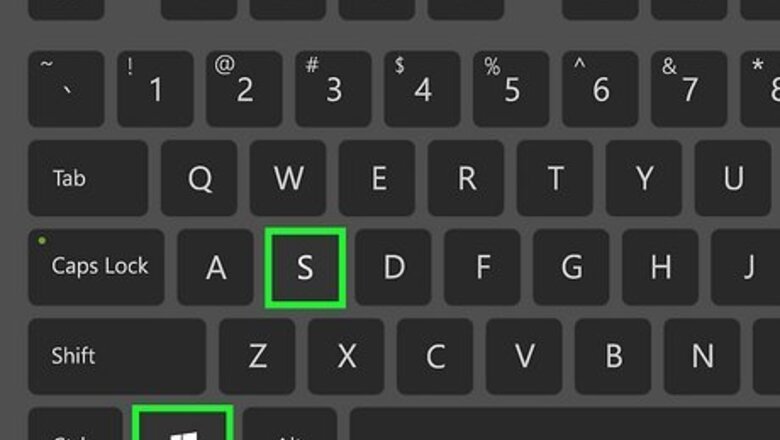
views
- Download the latest wireless drivers from your PC manufacturer. If you purchased the Wi-Fi card separately, download them from its manufacturer.
- Delete the current driver in Device Manager before installing the new driver.
- Double-click the EXE file you downloaded to install the new drivers.
Downloading the Driver
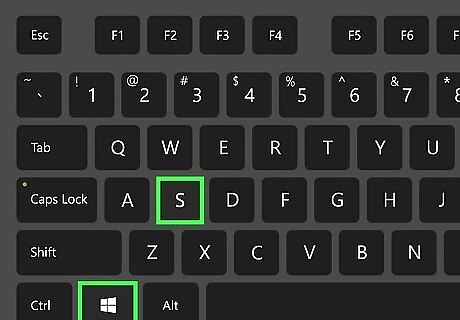
Press ⊞ Win+S to launch the search box. To find the best driver for your wireless card, you will need to know its name. You can find that information in the Device Manager. Macs don’t use wireless drivers. If you’re having trouble with your Mac, see How to Fix Common Computer Network Issues for Mac.

Type devmgmt.msc into the search box and press ↵ Enter. The Device Manager will now appear on the screen.
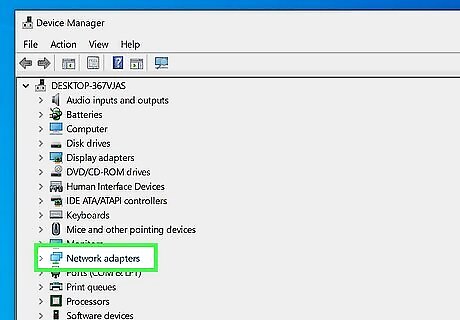
Click “Network Adapters” in the list of devices. This will expand a list of all network adapters on the computer, including one that has the word "wireless" in its name. If you can't find one labeled "Wireless," right-click each driver and select "Properties." The wireless card should say “Wireless Card” under “type.”
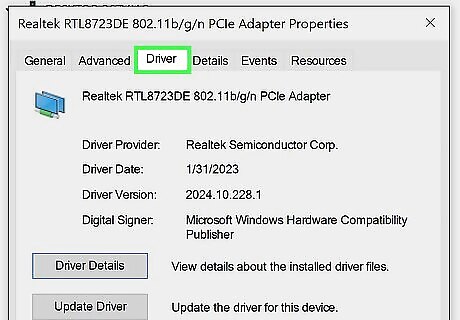
Navigate to the “Driver” tab.
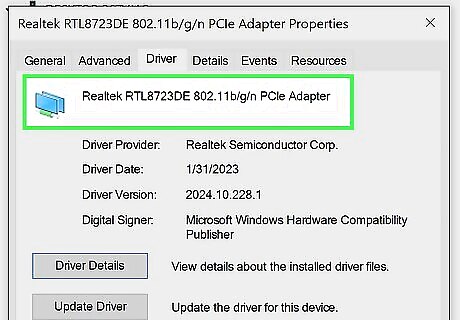
Write down the name and version of the wireless adapter. The wireless adapter name is at the very top of the Driver tab. An example of a wireless card name is “Intel Centrino Advanced-N 6235.”
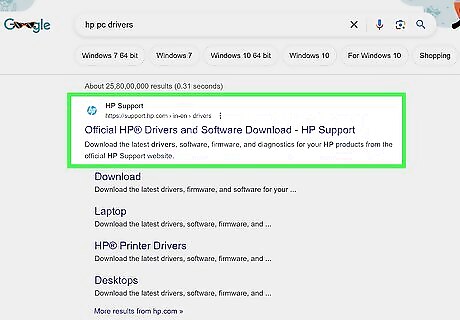
Go to the Support section of the manufacturer of your wireless card. This is where you’ll find links to download drivers for your device. For example, if your wireless card was made by Intel, visit www.intel.com and click “Support.”
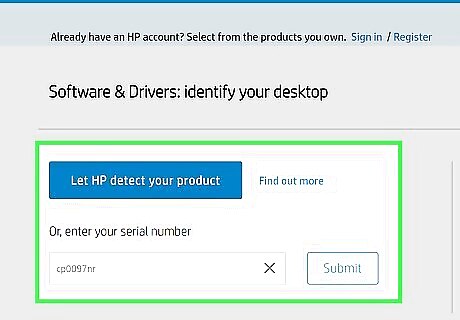
Search for the name of your wireless card. This is the name that you wrote down earlier. Once you find the wireless card, click the link to visit its product page.
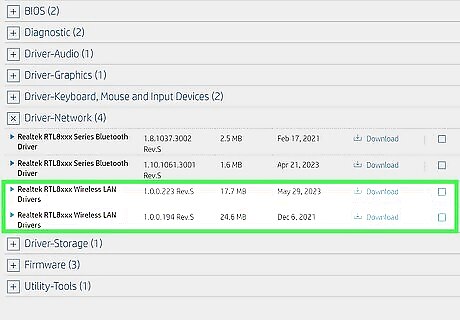
Download the drivers for your version of Windows. You may have to click a link that says “Download,” “Software,” or “Drivers” to find the download links. Most companies provide drivers in a “.exe” file, which makes them extra easy to download and install. Save the download in a location you will remember, like the Downloads folder or the Desktop.
Removing the Current Driver
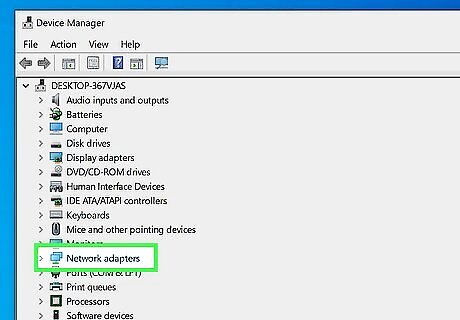
Return to the Device Manager and expand the “Network Adapters” list. Now you’ll prepare to remove the current driver.

Right-click the wireless card under “Network Adapters” and then click “Properties”.

Navigate to the “Driver” tab, then click “Uninstall.” A pop-up will appear asking you to confirm your choice.
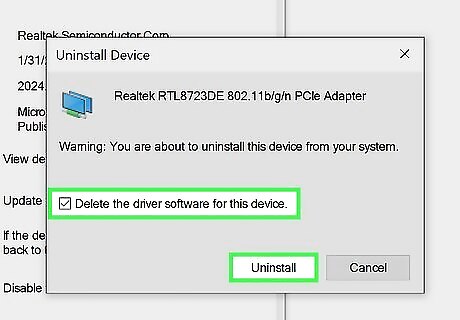
Click “OK” to confirm. The entry for the wireless card will now disappear from the “Network Adapters” list.
Installing the Driver
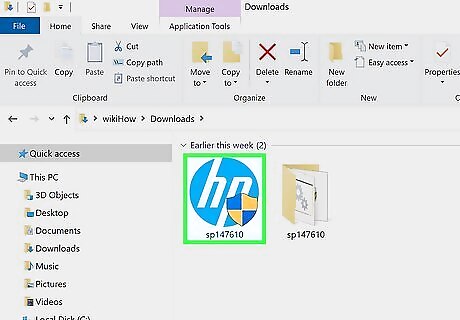
Double-click the .exe file you downloaded. This should launch the setup program that will install your wireless drivers. If the file ends with “.zip” instead of “.exe”, right-click the file and select “Extract All.” Select a folder to extract the files to and click “Extract.” Finally, double-click the .exe file located in the folder you selected.
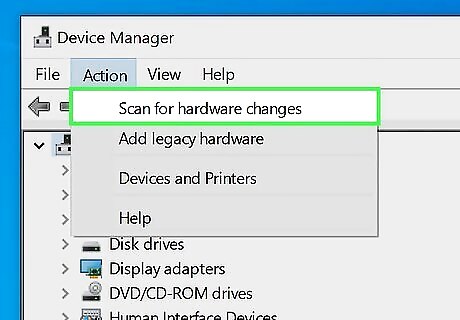
(If there is no .exe file) Click the "Action" menu at the top of the Device Manager, then select "Scan for hardware changes". The device manager will now scan the computer for hardware without drivers installed. If a driver is found, Windows will install it automatically. To confirm that a new driver was installed, expand the list of network adapters and look for the entry for your wireless adapter. If a driver is not found, you may be prompted to browse for the folder where the driver files are located. Navigate to the directory to which you extracted the .zip files, then click “OK” or “Install.”
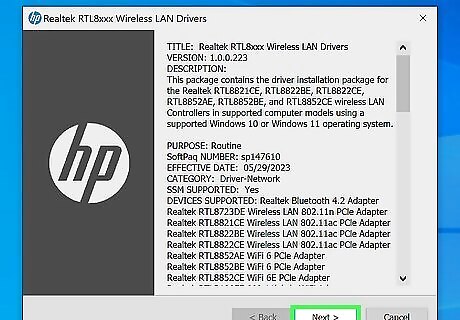
Follow the prompts to install your drivers. The screens will be different depending on your system and wireless card, but you’ll usually have to agree to the manufacturer’s terms before arriving at an “Install” button. If the installer asks you to restart the computer once the installation is complete, click “OK” or “Restart Now” as indicated.

Disconnect your wired LAN connection. To test your connection, remove the Ethernet cable from the LAN port on your computer. This ensures that you’re testing the right connection.

Connect to your Wi-Fi network and go to https://www.wikihow.com. If the drivers were the culprit, you should now be able to access wikiHow using your wireless connection. Try restarting the computer if you can’t connect. Then, open the Device Manager and run “Scan for new hardware” again. If you are still having issues, your problem may not be driver related.













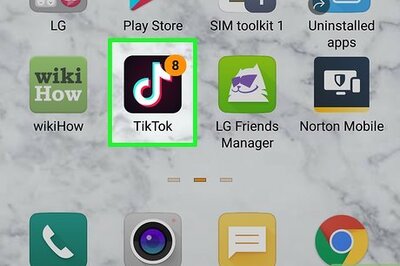





Comments
0 comment